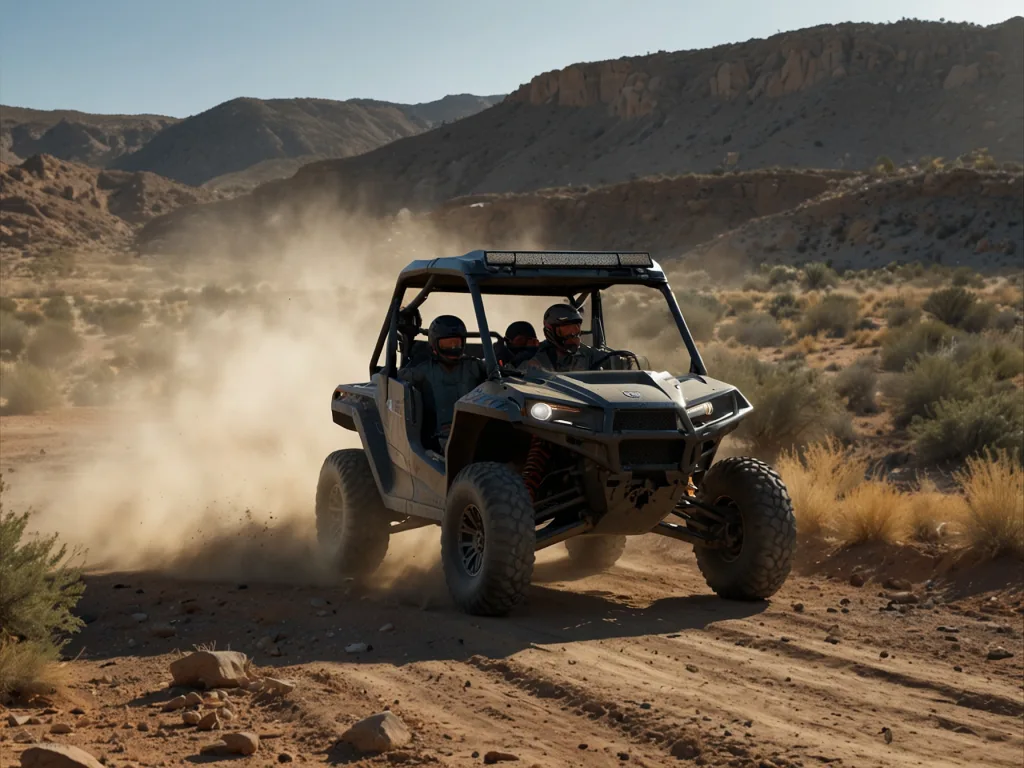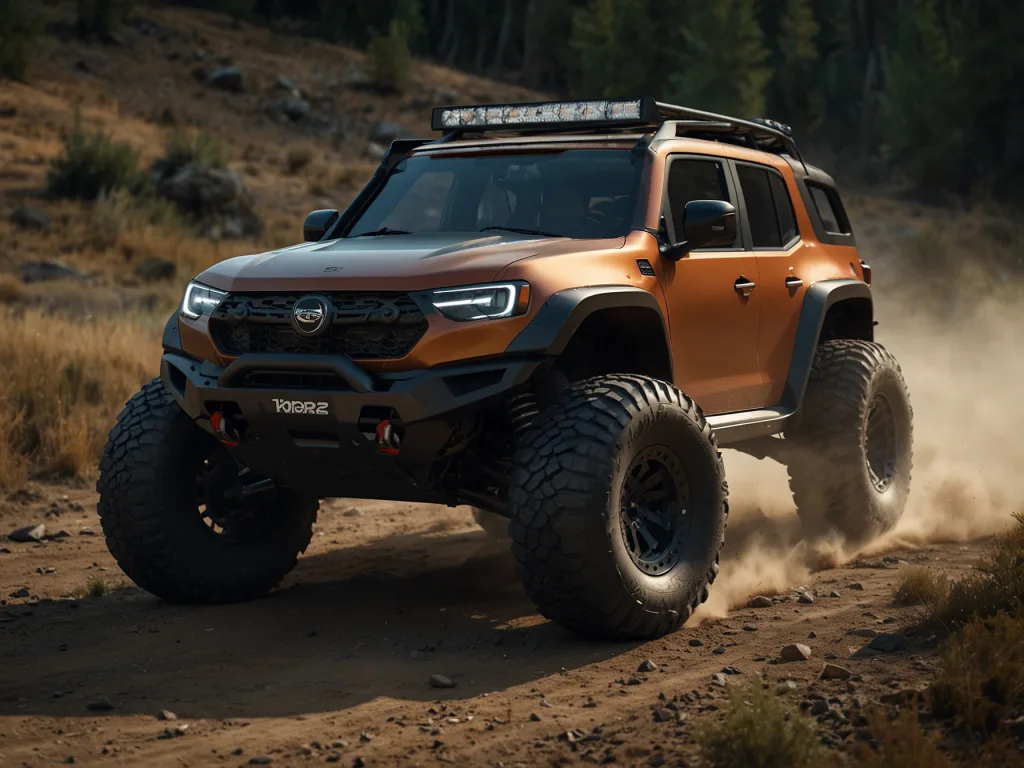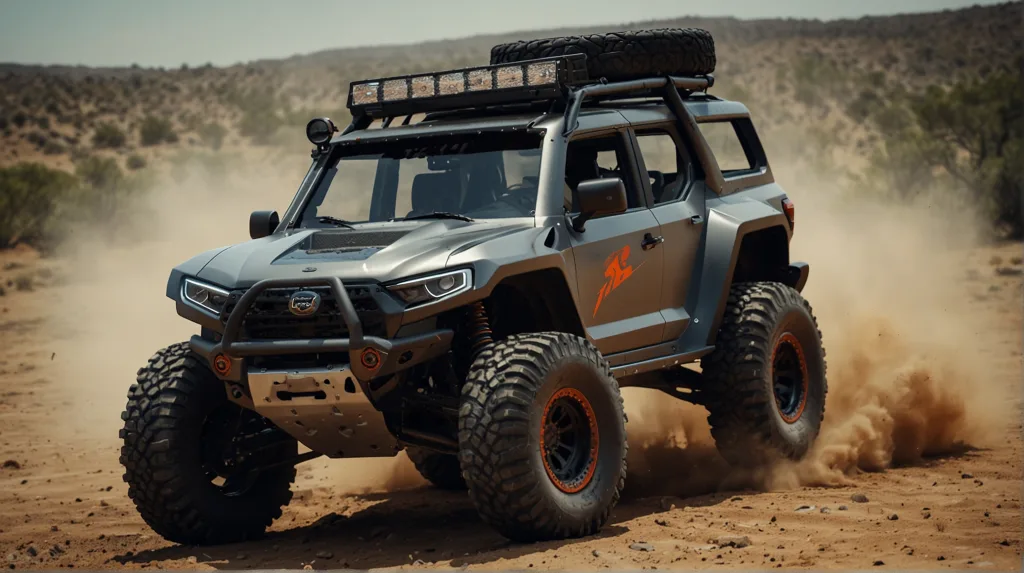How to Register off Road Vehicle, contact your local DMV to provide necessary documentation and pay any associated fees. Submit proof of ownership, like a title or bill of sale, and complete any required inspections or emissions testing.
Registering an off-road vehicle is a critical step for owners to legally operate their machines on trails, dunes, and various non-paved terrains. An off-road vehicle, also known as an ORV, includes dirt bikes, all-terrain vehicles (ATVs), snowmobiles, and utility vehicles among others.
Each state has specific guidelines governing the registration process, often managed by the Department of Motor Vehicles (DMV) or a similar agency. The process typically requires proof of ownership, which could be a bill of sale or title, and might include an inspection or emissions testing, depending on the local laws. Always carry appropriate insurance, as many states mandate coverage as part of the registration. Staying informed about the current regulations in your jurisdiction ensures a legal and enjoyable off-roading experience.

Tackling The Basics
Embarking on off-road adventures requires a few essential steps, one of which is registering your off-road vehicle (ORV). Understanding the basics is crucial for a smooth start.
Correct registration of your ORV ensures legal riding on trails while protecting both the environment and riders. Let’s walk through the necessary documents and criteria.
Key Documents Required
Your journey begins with gathering the right paperwork:
- Proof of Ownership: Title or bill of sale
- Identification: Valid driver’s license or ID card
- Sales Tax Receipt: If purchased from a dealer
- Application Form: Specific to your state’s DMV
Eligibility Criteria
Ensure you meet these conditions before proceeding:
- Must be above the age required by your state
- Residency in the state of registration
- ORV to be used for recreational purposes
- Adherence to environmental standards if applicable

State-specific Procedures
Registering an off-road vehicle differs from state to state. Familiarity with local guidelines and regulations is crucial. This ensures a smooth registration process, avoiding potential legal hiccups.
Navigating Local Dmv Requirements
The first step in vehicle registration is to contact your local Department of Motor Vehicles (DMV). Each DMV may have specific forms and documentation that you need to provide. This may include proof of ownership, sales tax payment, and off-road vehicle insurance. Below is a checklist that could be helpful.
- Vehicle title or manufacturer’s certificate of origin
- Receipt showing sales tax payment
- Proof of vehicle insurance
- Completed registration application form
- Payment for registration fees
Unique Regulations Across States
Different states may have unique rules and restrictions. For instance, age limits, usage areas, and mandatory safety gear could vary significantly. Here’s an overview table for easy comparison.
| State | Minimum Age | Allowed Areas | Safety Gear Required |
|---|---|---|---|
| California | 16 | State Vehicular Recreation Areas | Helmet, goggles |
| Arizona | 14 | Trails, with permit | Helmet (under 18) |
| Texas | 14 | Private property | Helmet, safety certificate |
State-specific guidelines must be reviewed in detail. This ensures that you meet all requirements for your off-road adventure.
The Application Journey
Embarking on the application journey to register your off-road vehicle is a crucial step for ride legality and safety. This process can seem daunting at first. With a structured approach, enthusiasts can navigate through it with ease. Let’s go through a clear-cut guide and learn how to sidestep common mishaps.
Step-by-step Guide
Initiate the registration process with these simple steps:
- Determine Your Vehicle Type: Is it an ATV, UTV or dirt bike? Each has differing requirements.
- Gather Required Documents: Acquisition proof, identification, and any relevant sales tax paperwork.
- Check Local Laws: Rules can vary by state – some may need a safety certificate.
- Fill Out the Application: Obtain the form from the Department of Motor Vehicles (DMV) or their website.
- Pay Applicable Fees: These can differ by state and vehicle type, so double-check the amounts.
- Mail or Submit In Person: Send your application package to the DMV or head there directly.
- Wait for Confirmation: The DMV will process your info and issue registration documents.
Common Pitfalls To Avoid
Stay clear of these mistakes to ensure a smooth registration:
- Inaccurate Info: Wrong details can cause delays. Double-check all your data.
- Missing Documents: Forgetting a required piece of paper can set you back. Review the checklist from the DMV.
- Overlooking Deadlines: Submit on time. Delayed applications often incur extra costs.
- Ignoring Local Laws: Each area has unique laws. Misunderstanding them can lead to legal problems.
- Avoiding Inspection Requirements: Some states mandate a vehicle inspection. Skipping this step is a no-go.
Fees And Financial Considerations
Exploring the outdoors on an off-road vehicle promises adventure. Understanding fees and financial obligations before registering is crucial. This helps avoid surprises and ensures readiness for costs associated with vehicle registration.
Cost Analysis
Several factors affect the cost to register an off-road vehicle:
- Type of vehicle: Different vehicles may have varying fees.
- State regulations: Fees can differ across states.
- Duration: Longer registrations usually cost more upfront.
Below is a simplified table showcasing potential costs:
| Vehicle Type | Cost ($) for 1-year | Cost ($) for 2-years |
|---|---|---|
| ATV | 25 | 45 |
| Dirt Bike | 30 | 55 |
| UTV | 35 | 65 |
Note: These are approximate values. Check local registry offices for exact fees.
Payment Options Available
Convenient payment methods make the registration process smoother. Options vary by registry office but typically include:
- Credit Cards
- Debit Cards
- Checks
- Money Orders
Some offices even offer online payments to expedite the process. Always verify accepted payment methods before proceeding.
Post-registration Essentials
Once you’ve registered your off-road vehicle, the adventure truly begins. But don’t rev up your engine just yet! There are a few post-registration essentials you need to nail down first. These extra steps ensure you’re safe, legal, and ready to tackle any terrain.
Insurance For Off-road Vehicles
It’s crucial to get insurance for your off-road vehicle. This not only protects you but also your investment in case of accidents or theft. Here’s what you need:
- Liability Insurance: This covers damage you might cause to other people or their property.
- Collision Coverage: It helps pay for repairs to your vehicle if you hit another vehicle or object.
- Comprehensive Coverage: This covers non-collision-related incidents such as fire, theft, or natural disasters.
Maintenance And Safety Tips
Regular maintenance keeps your off-road vehicle in top condition. Follow these tips:
- Check fluids regularly: This includes oil, brake, coolant, and transmission fluid.
- Inspect tires: Look for cuts, bulges, or tread wear and maintain proper tire pressure.
- Clean the air filter: A clean filter ensures good air flow to the engine.
Adhere to these safety rules:
| Safety Gear | Check Before Ride |
|---|---|
| Helmet | Strap and Fit |
| Gloves | Condition |
| Boots | Soles and Buckles |

Dealing With Legalities
Before venturing off-road with your vehicle, understanding the legal requirements is a must. This section explains the essentials for a hassle-free ride. From local regulations to penalties, stay informed and enjoy the trails with peace of mind.
Understanding Local Trails And Laws
Every area has different rules for off-road vehicles. Knowing these is key to staying legal. Check with local authorities or off-roading clubs for the latest information. Safe and legal riding starts with proper knowledge.
- Trail Restrictions: Some paths may be off-limits to motorized vehicles.
- Environmental Laws: Protecting nature is crucial. Adhere to conservation rules.
- Permit Requirements: Certain trails demand a permit. Apply before you ride.
- Vehicle Standards: Ensure your vehicle meets local noise and safety regulations.
Penalties For Non-compliance
Ignoring rules can lead to trouble. Fines, vehicle impoundment, or even court appearances await those who don’t comply. It’s simple: follow the laws, avoid the penalties.
| Type of Violation | Possible Penalty |
|---|---|
| Lack of Registration | Fines and restrictions on vehicle use |
| Environmental Damage | Hefty fines and criminal charges |
| Permit Violations | Revocation of riding privileges |
| Unsafe Driving | Possible legal action and fines |
Frequently Asked Questions For How To Register Off Road Vehicle
Do Off-road Vehicles Need To Be Registered In California?
Off-road vehicles must be registered in California, displaying a green or red sticker issued by the DMV, signifying allowed usage periods.
Do You Have To Register Off-road Vehicles In Texas?
Yes, Texas requires the registration of off-road vehicles through the Texas Parks & Wildlife Department. This applies to ATVs, UTVs, and ROVs.
Do I Need An Ohv Sticker In Texas?
Yes, an OHV (Off-Highway Vehicle) sticker is required in Texas for use on public parks and trails designated for such recreational vehicles.
How Do I Make My Atv Street-legal In Texas?
To make your ATV street-legal in Texas, register it with the TX DMV, display a license plate, install necessary equipment like mirrors and turn signals, obtain insurance, and ensure it passes inspection for on-road use.
Conclusion
Navigating the registration process for off-road vehicles need not be daunting. By following the steps outlined, you’re set for adventure with legality on your side. Remember to keep documents current and adhere to local regulations. Your off-road escapades are now just a ride away—safe travels and thrilling explorations await!


